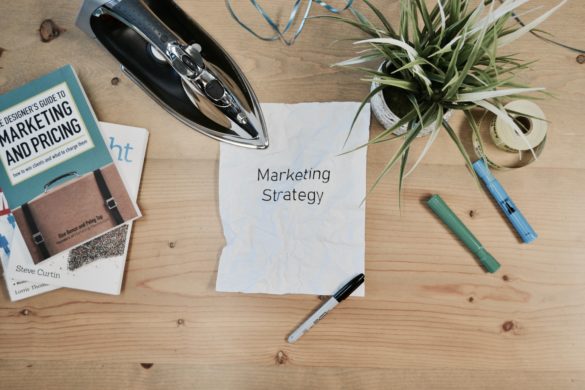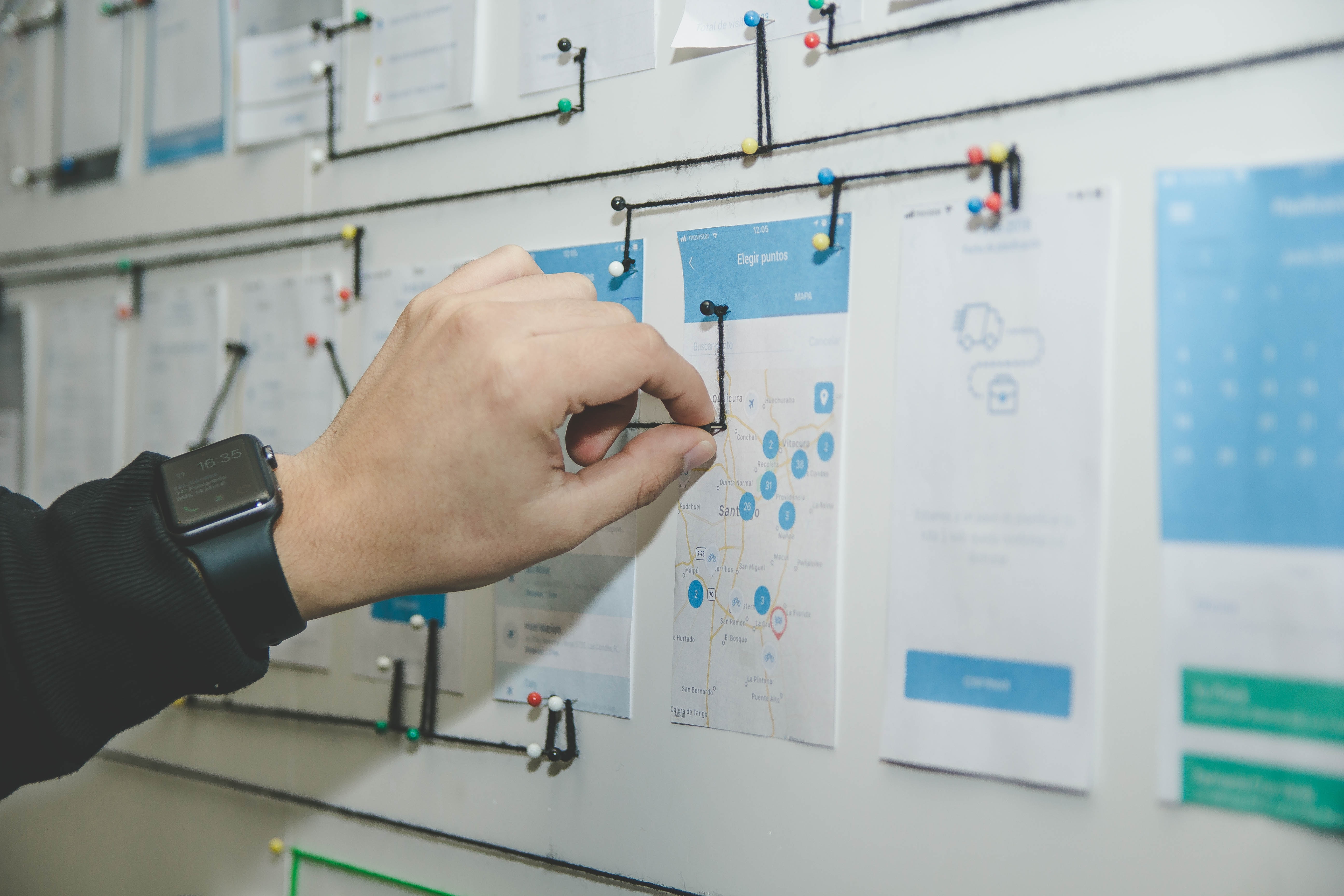Marketers are good at writing a short and precise message that resonates with the desired target audience. They don’t use bullets to bring their points across but rather leverage catchy language, images and colors to speak to our emotions. The big question is, why don’t L&D professionals use Marketers’ tools more often to reach their audiences?
Marketing doesn’t have to be difficult; you don’t have to be a graphic designer to create stunning images in your presentations or eLearning modules. I want to share some tools you can leverage to improve your messaging to your learners which will also help you promote your learning to your stakeholders!
Canva is an excellent free resource offering you hundreds of designs for your presentations, social media posts, infographics and so much more. It is my absolute go-to when it comes to creative assets. They even offer free tutorials “Learn how to design” to help you along the way! Their newest feature allows you to invite up to ten team members and share your creations with each other. You have access to basic backgrounds, layouts, illustrations, shapes, icons and charts. Canva offers you the option to upgrade for unlimited assets or simply purchase images one at a time. Once you created a design, you can download it as a .jpg, .png or PDF. Automatically, Canva saves all of your designs for you to conveniently download them at any time in the future.
If you are looking for a simple to use video tool, look no further. Biteable is a great way to create online videos and animations that you can share on YouTube or other social media channels. It offers a multitude of predefined slide layouts to choose from. You can customize text and color on each and even add music to it. Biteable has a free version. The downside however is that you will have a watermark in the bottom right corner of your video and you can’t download it. You can purchase one video at a time or sign-up for a one year subscription for $99. It’s a fun way to engage your learners before a training session and show them what’s in it for them (instead of listing boring bullet points).
This new tool is a video, screencast and voice recording. Not only can you create and send videos, you can even track them. ViewedIt is a Chrome Extension and sends you weekly notifications about video views. On top of that, it creates thumbnails so you can ensure your audience is clicking the play button to learn more. In my opinion, this tool is used best for screen recordings that you want to share with your learners ahead of a training session to help increase engagement and interest.
If you feel that a video is too long for the message you want to convey to your learners or you want to bring some pep in your FAQs, try using GIFs in your learning. Licecap is a very basic tool that allows you to do to exactly that. Once the program is open, record the section of your screen you want to create a GIF from. Try to keep the GIF frame to the area of interest and refrain from too much scrolling. You will achieve best outcomes if your GIF is 7-10 seconds long. So next time you want to show learners how to reset a password or log into a system, create a GIF and share it in an email.
Marketers use an array of tools that make their lives easier and that delight their customers. We should really learn from Marketing and take a peek into their toolboxes on a regular basis. Which tools do you like to use to delight your learners? Share your thoughts below.



